
Sinuses are cavities in the cranial bones, located behind the nose. The frontal sinuses are located in the forehead, above the eyes, and maxillary sinuses are part of the cheekbones. an infection of the sinuses, called sinusitis, affects mostly these two groups of sinuses.
Sinusitis is usually a complication of a common cold. The nasal cavity is connected to the sinuses through its mucous membrane, so it is easy for the organisms to spread from the nose.
After the first days of the cold, when it is normally supposed to get better, the congestion may get worse, with increased green discharge. The discharge may stop when, later, the passages from the nose to the sinuses get blocked. This makes it hard to breathe through the nose and in turn, the sinuses start to hurt.
If the frontal sinuses are affected, the pain spreads to the forehead and eyes, especially in the morning or when the head is bent downwards. If the infection has affected maxillary sinuses, pain will be located in one or both cheeks, similar to a toothache in the upper jaw. Maxillary sinusitis may even occur after a dental treatment, if the infection spreads from the tooth to the sinuses.
Sinusitis is fairly common but, interestingly, there are some people who never get it while others suffer from it after every bad cold.
Jumping into water without closing the nostrils can sometimes cause sinusitis. Damage to the nose, its bones, or even a foreign object stuck in the nostril can result in sinusitis. People with deviated a septum (the wall between the nostrils) are more prone to sinusitis because their airways are partially obstructed.
Sinusitis is generally treated with antibiotics, so the risks of this condition are minimal. Before the invention of antibiotics, sinusitis would sometimes spread from the sinuses to the bones and even to the brain. Today, this would be almost impossible. In case of sinusitis, there are some methods of self-help that can be useful. It is important to stay indoors, in a room with an even temperature and humidity. This is very important for sinus health, so people who easily get sinusitis should use humidifiers or vaporizers. The nose should always be kept clean of nasal discharge, using clean tissues and disposing of them after each use. Inhaling steam from a bowl or basin of hot water or herbal tea usually helps relieve the pain, but the steam must be used with caution, as it may burn.
As for medical treatment, after a physical exam which may involve taking an X-ray of the sinuses, doctors usually prescribe broad-spectrum antibiotics, along with decongestants in the form of nasal drops or spray. In some cases, if sinusitis persists, a minor operation may be advised.
A surgeon will pierce a small hole in the nasal bone in order to provide an extra passageway, and will clear the sinuses with sterile water, relieving the obstruction.



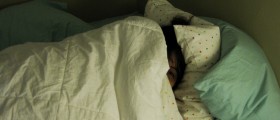


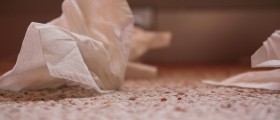
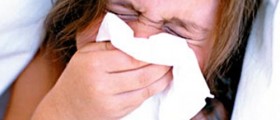

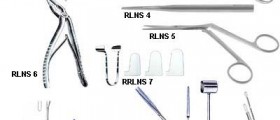
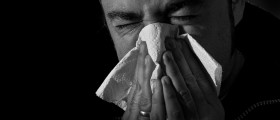
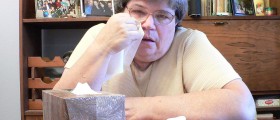

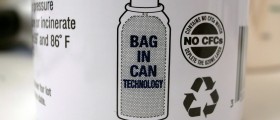
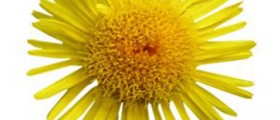


Your thoughts on this
Loading...